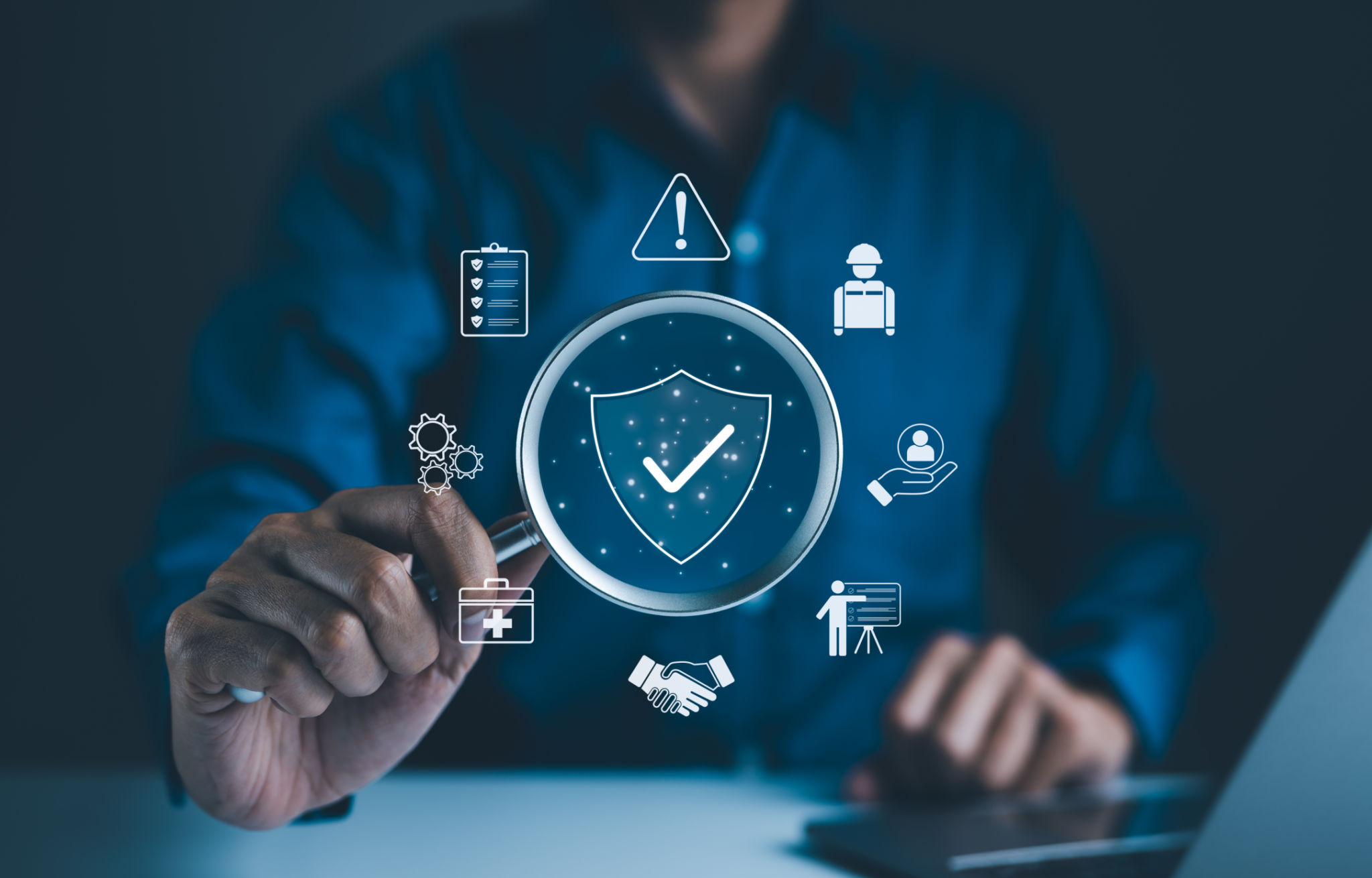Protecting Your Business: Essential Cybersecurity Measures Every Company Should Implement
Understanding the Importance of Cybersecurity
In today's digital age, cybersecurity is not just a technical issue but a critical business concern. With cyber threats becoming increasingly sophisticated, protecting your business's digital assets is paramount. Failing to implement robust cybersecurity measures can lead to severe financial losses, damage to reputation, and even legal consequences. Therefore, understanding the importance of cybersecurity should be a top priority for every organization.

Conduct a Risk Assessment
One of the first steps in bolstering your cybersecurity is to conduct a comprehensive risk assessment. This process involves identifying potential vulnerabilities within your IT infrastructure and evaluating the risks they pose to your business operations. By understanding where your weak points lie, you can prioritize which areas need immediate attention and allocate resources effectively.
Steps for Effective Risk Assessment
An effective risk assessment typically includes the following steps:
- Identifying critical assets and data
- Evaluating potential threats and vulnerabilities
- Analyzing the impact of potential security breaches
- Developing a risk management strategy

Implement Strong Access Controls
Access control is another essential component of a robust cybersecurity strategy. By implementing strong access controls, you can ensure that only authorized personnel have access to sensitive information. This not only protects data but also helps prevent internal threats from disgruntled employees or accidental data leaks.
Best Practices for Access Control
To enhance access control, consider the following best practices:
- Utilize multi-factor authentication (MFA)
- Regularly update and review access permissions
- Implement role-based access controls (RBAC)

Regular Software Updates and Patching
Keeping your software up to date is a simple yet effective way to protect your systems from cyber threats. Software vendors regularly release updates and patches to fix security vulnerabilities. Regularly updating your systems ensures that you are protected against known threats and reduces the likelihood of a successful cyberattack.
Automate Updates
To simplify this process, consider automating software updates where possible. Automated systems can help ensure that updates are applied promptly, minimizing the window of opportunity for cybercriminals to exploit vulnerabilities.
Employee Training and Awareness
Your employees play a crucial role in your organization's cybersecurity efforts. Often, human error is a significant factor in security breaches. By providing regular training and raising awareness about cybersecurity best practices, you can empower your staff to recognize and respond to potential threats effectively.

Key Areas for Employee Training
Focus on the following key areas during training sessions:
- Recognizing phishing attempts
- Understanding the importance of strong passwords
- Safe internet browsing habits
- Data protection policies
Create a Cybersecurity Incident Response Plan
No security system is foolproof, which is why having a robust incident response plan is vital. This plan should outline the steps to take in the event of a cyber incident, helping to minimize damage, recover quickly, and restore normal operations.
Components of an Incident Response Plan
An effective incident response plan should include:
- Identification of key personnel and their roles
- A communication plan for internal and external stakeholders
- A detailed recovery strategy
- Post-incident analysis and improvements

By implementing these essential cybersecurity measures, businesses can significantly reduce their risk of falling victim to cyberattacks. Remember, cybersecurity is an ongoing process that requires constant vigilance and adaptation to evolving threats. Prioritize these strategies to protect your business and ensure a secure digital future.
